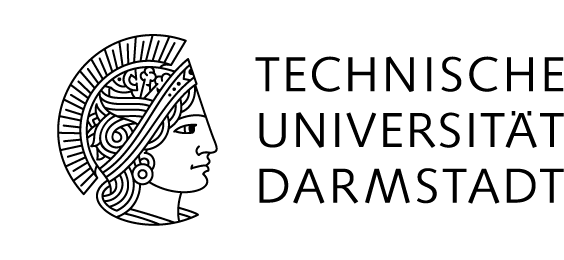The mission of the Databases and Distributed Systems Group is to develop new solutions for the integrated management of data, information and knowledge in highly distributed environments.
Joint Research Projects
At DVS, research is currently undertaken in the context of the following research programmes and projects:
Event-Driven Computing
In today’s cyberphysical systems streams of heterogeneous events from different domains and their associated data are continuously produced by sensors and embedded systems and provide real time information on many operational entities. These events can be combined and more abstract and application relevant events can be derived from them. For example, knowing the GPS position of a truck and the traffic conditions ahead, we can derive a complex event that tells us that the truck will arrive two hours late at its destination. (more...)
 ASIA
ASIA
 Contextualization
Contextualization
 Eventlets
Eventlets
 Enterprise Governance
Enterprise Governance
Peer-to-Peer and Massively Multiplayer Online Games
The peer-to-peer paradigm has proved itself as a powerful approach for large-scale distributed systems. The construction of reliable and high-performance overlay networks is a young but fast moving research area. Our research focuses on the efficient management of data in and the quality of service in highly-dynamic and public peer-to-peer networks. (more...)
![]() BubbleStorm
BubbleStorm ![]() CUSP Transport Protocol
CUSP Transport Protocol ![]() MMOGs
MMOGs ![]() pSense
pSense
Performance Engineering
Modern E-Business applications are typically based on highly distributed, multi-tiered architectures comprising multiple components deployed in a heterogeneous environment. The inherent complexity of the latter makes it extremely difficult for system developers to estimate the size and capacity of the deployment environment needed to guarantee that Service Level Agreements (SLAs) are met. (more...)
![]() SPECjms 2007
SPECjms 2007 ![]() QPME
QPME ![]() SPECjAppServer
SPECjAppServer
Pervasive Computing and Wireless Sensor Networks
The platforms of tomorrow will be highly decentralized and distributed over a multitude of different devices that can be dynamically networked and will interact in an event-driven mode. This requires a new generation of middleware and components that can function and exchange data and information in this highly dynamic environment. We mainly focus on Pervasive Computing, Ambient Intelligence, Grid Computing and Wireless Sensor Networks (WSN). (more...)
![]() ukuFlow
ukuFlow  CEACH
CEACH ![]() A3ME
A3ME ![]() myHealthAssistant
myHealthAssistant ![]() TUDμNet
TUDμNet
Databases on Modern Hardware
The architecture and algorithms of database systems and data-intensive systems in general have been built around the properties of existing hardware technologies. Many basic design and algorithmic assumptions have been made to efficiently use the strengths of existing hardware and compensate for the performance hazards. Some of those assumptions are 20-30 years old and reflect outdated hardware characteristics. Therefore, we examine the influence of new I/O technologies, changing memory hierarchies, and many-core CPUs on database systems. Improved algorithms are developed which use modern hardware more efficiently. (more...)











 Print
Print Contact
Contact Legal note
Legal note Search
Search